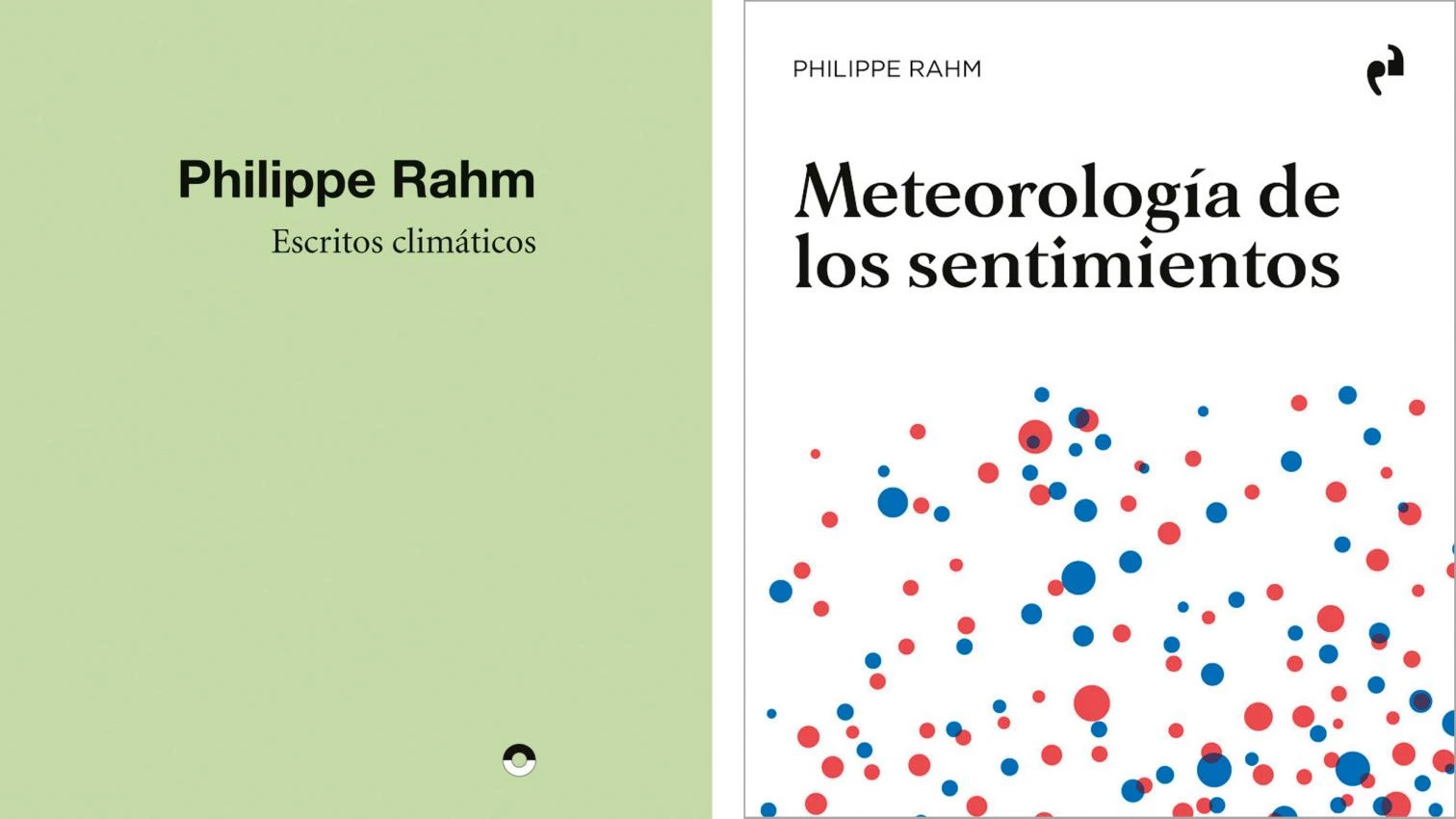
The eyes of architects are greedy: they read, trap, and manipulate forms, and that’s a good thing. But in their fascination with the visual, architects and those who teach them to discriminate between what is and what is not ‘architectural’ have sidelined architecture’s invisible component: the thermal, thermodynamic, atmospheric, or environmental part of it that has always conditioned human habitats, and which thus constitutes one of the dimensions of the architectural discipline.
There are ways to bring to light this essential yet still ignored side. One is operative, and involves making climate control a priority, so that new forms result from new functions, climate-related ones. The other way is historical-critical, and has to do with unearthing how environmental concerns have technically and culturally determined architecture.
While the historical-critical view relativizes the determinist aspirations of the operative view, the latter gives contemporary relevance to the former, so that it doesn’t become just erudite archaeology. But the relationship between both views is far from friendly. It produces the usual tensions between practitioners grounded in the present and historians comfortable in the past.
Though he has published an anti-culturalist exploration of history (see Arquitectura Viva 237), Philippe Rahm belongs more to the group of operative ‘presentists.’ For him, climate, key Anthropocene concept, has enough strength to sustain a new kind of functionalism to which the maxim he credits himself with coining, “Form follows climate,” would fit well with. But the Swiss architect’s environmental functionalism has little to do with the formulas and features of contemporary sustainability. More radical, what he wants is to dissolve architecture in atmospheric and variable fields which would be less aesthetic, and not because ‘scientifically’ determined.
After the Biennale installation where two people are naked in a techno-tempered environment, Rahm’s endeavor may have lost its novelty, but not its radicality and coherence, as we see from writings through which he has spread his climatic-aesthetic program. Mostly published in French and English, they now come in Spanish through two collections which are short but representative of the author’s ideas.
In the first, Rahm tackles themes like ‘thermodynamic urbanism,’ ‘Anthropocene style,’ ‘meteorological architecture,’ the possibility of beauty. All criticize the visual, ideological, superficial turn that postmodernity imposed, and defend the commitment to a science-oriented, phenomenological, neo-Marxist materialism. Rahm addresses the same materialism, with a climate and corporal base, in the second book, meant for a wider audience, which through a walk through concepts like radiation, inertia, sunshine, cooling, conduction, evaporation, and air conditioning, proposes modifying human sensitivity and the parallel reelaboration of architecture in more scientific terms. Two improbable objectives which Rahm, more an artist than an architect, knows to combine with his deterministic personal poetic.








